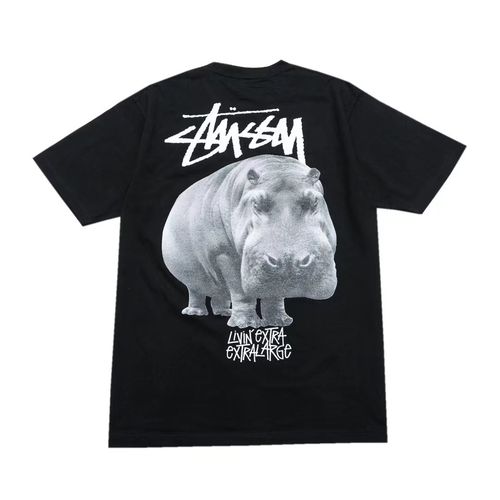Popular elements have an important impact on clothing production. The following are some methods of applying popular elements to clothing production:
1. Color selection: Popular colors are the hot color trends of each quarter or year. Fashion designers can add style and appeal to clothing by using pops of color. For example, when designing summer clothing, you can choose bright, refreshing colors, while in winter you can choose deep, warm tones.
2. Printed patterns: Printed patterns are one of the common elements in clothing, which can add unique personality and fashion sense to clothing. Popular graphic designs are often based on current trends, such as animal prints, flower patterns, geometric shapes, etc. When making clothing, you can match different styles and fabrics according to popular printing patterns to make the clothing more fashionable.
3. Cut and silhouette: Popular cut and silhouette have an important impact on clothing production. Popular styles and silhouettes often appear in major fashion shows and fashion magazines. Fashion designers can learn from these trends and apply them to clothing production to make clothing more in line with current fashion trends.
4. Material and texture: The material and texture of clothing are also one of the important manifestations of popular elements. Different fabrics and textures can give clothing various styles and effects. For example, soft silk fabrics can create an elegant, feminine feel, while stiff denim fabrics can add a casual, chic vibe.
5. Detail design: Detail design plays a key role in clothing production. Popular elements are often reflected in the details of clothing, such as popular pleats, splicing, lace, decorations, etc. Using on-trend detailing can add interest and style to an outfit.
Popular elements in clothing production are a process of continuous change and need to keep pace with the times and make adjustments according to market demand. For fashion designers, tracking fashion trends, participating in fashion exhibitions, and observing market feedback are important ways to understand popular elements and flexibly apply them to clothing production.






